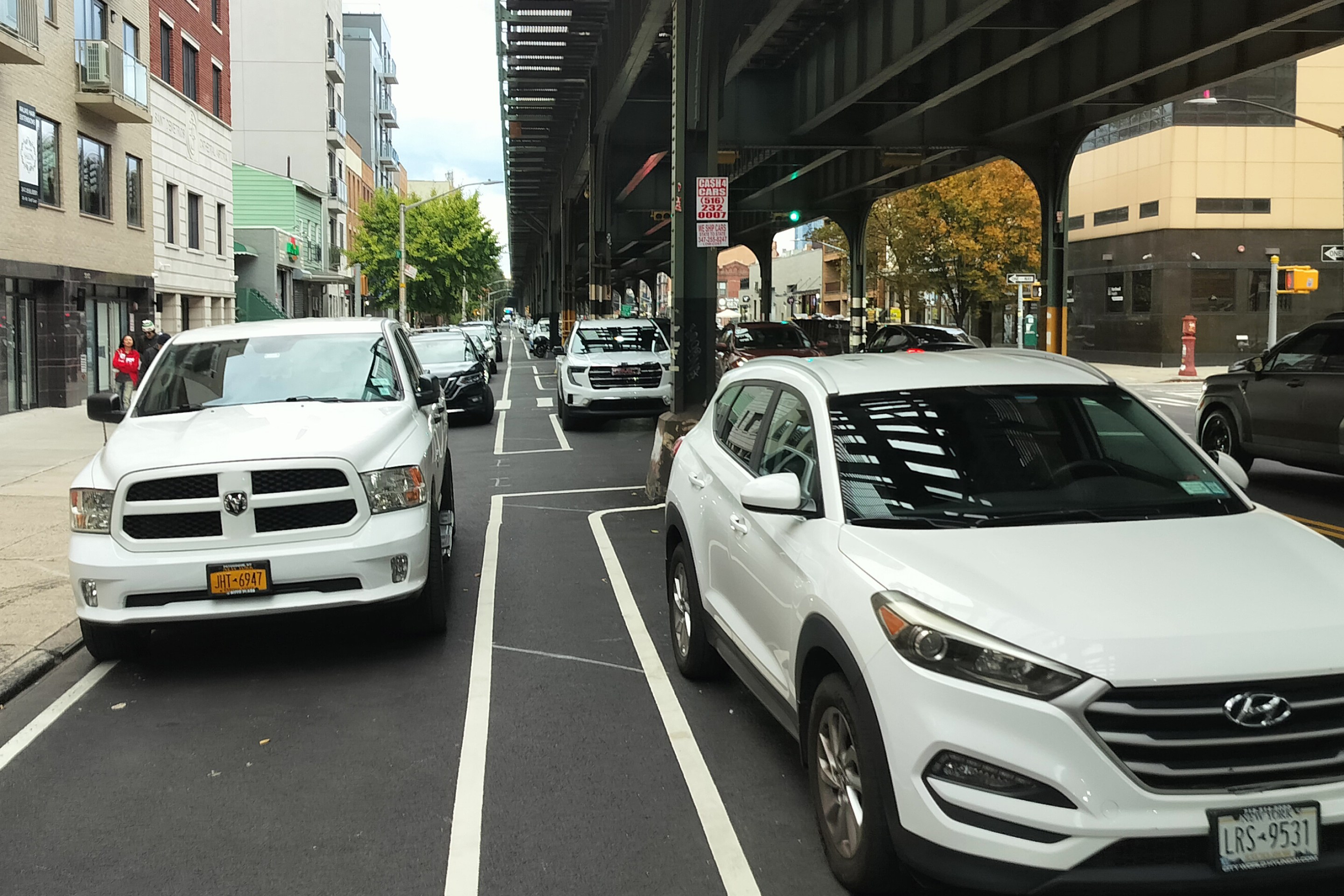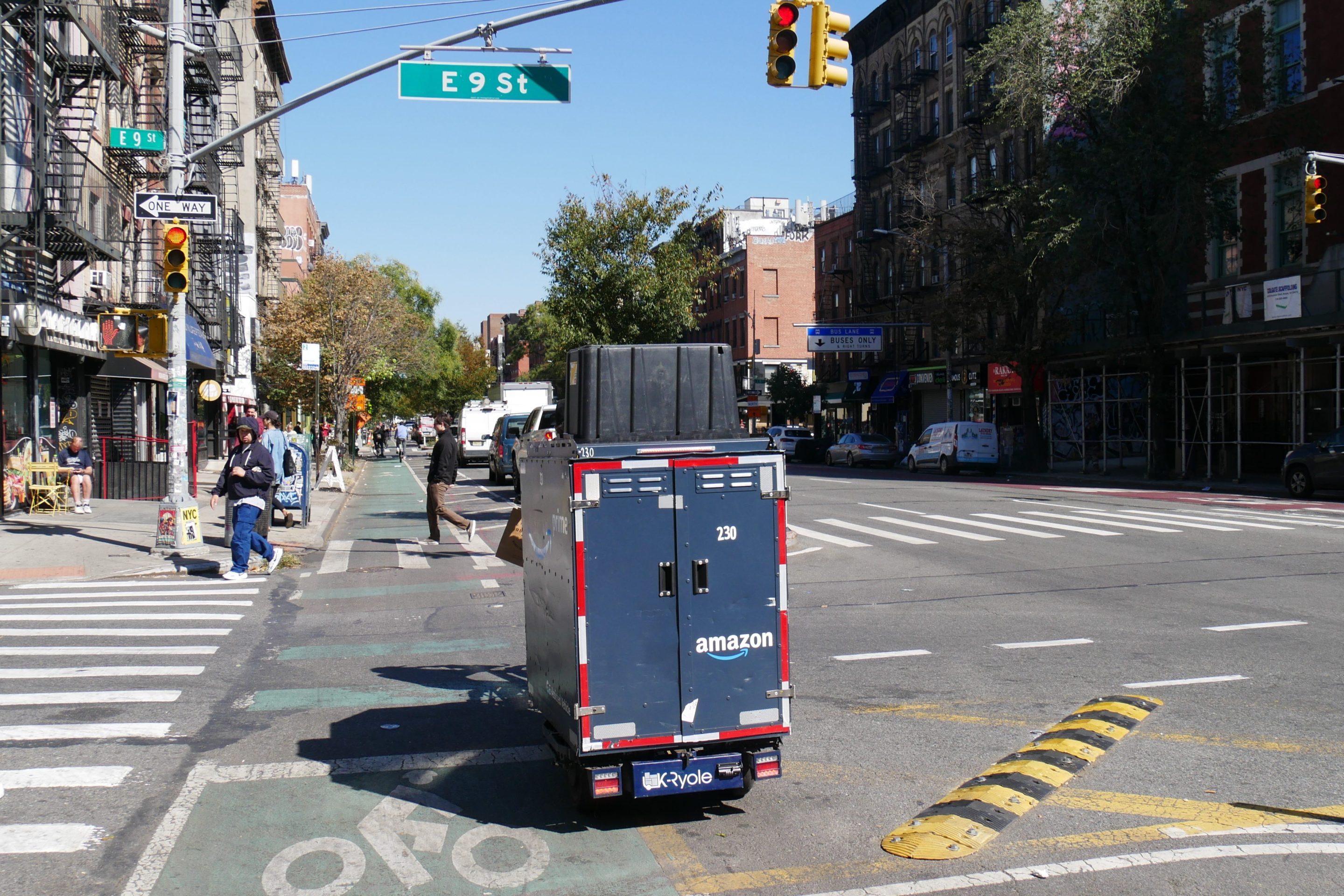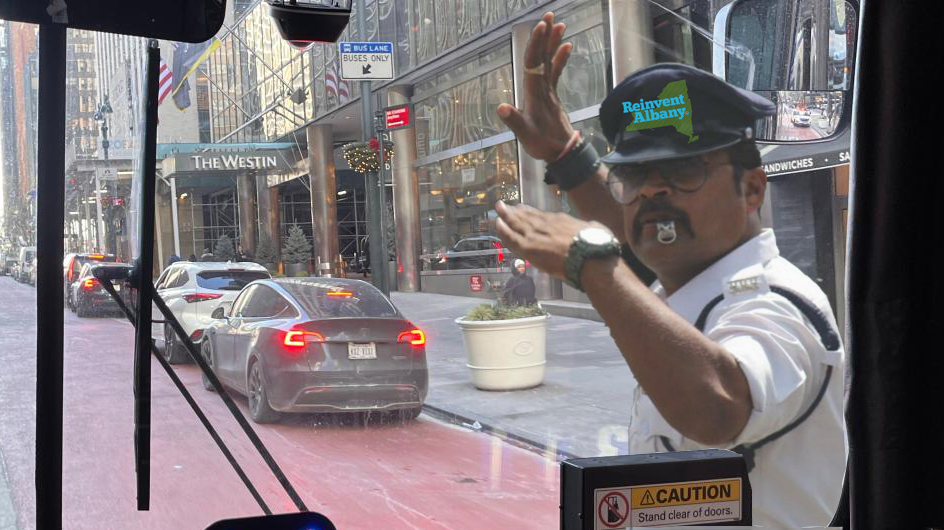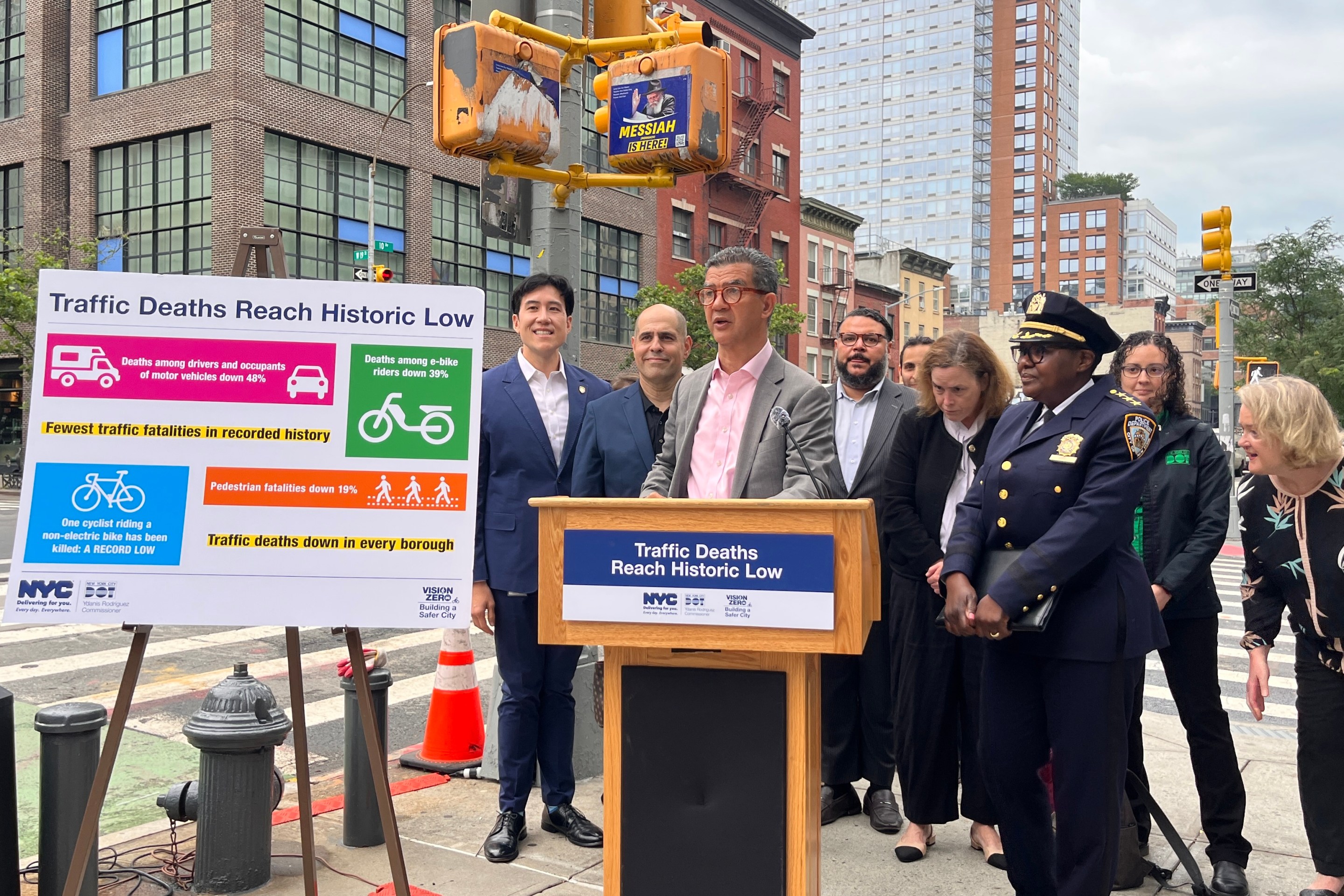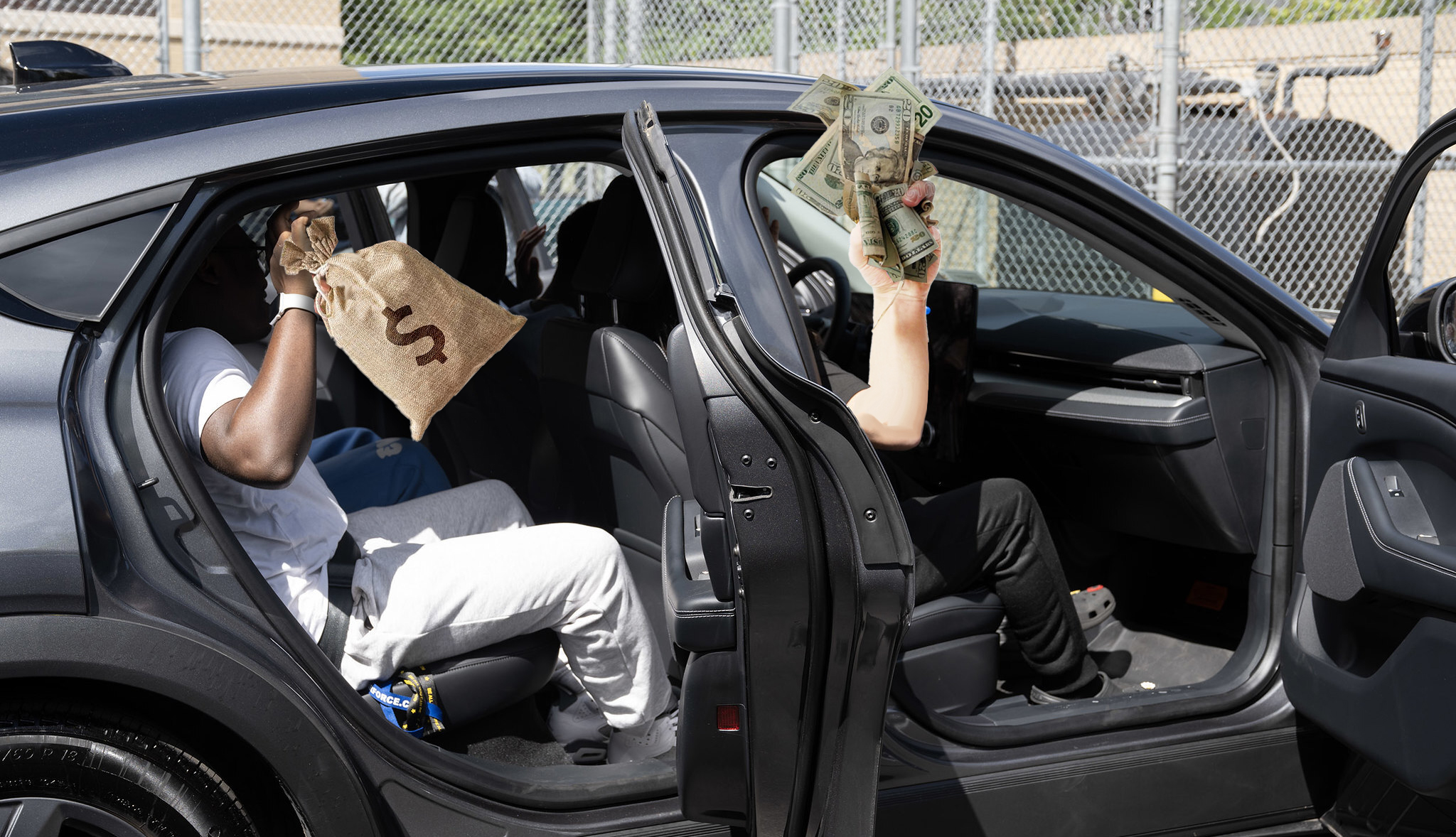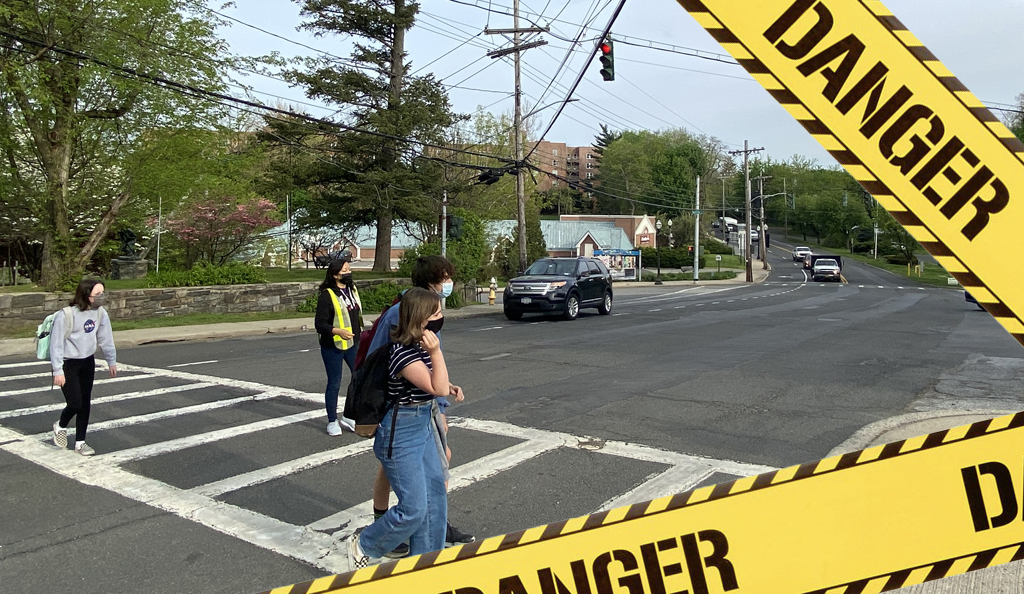The suburbs are changing. As cities grow in population and the poverty once associated with urban areas becomes more widely dispersed, even the meaning of "the suburbs" is evolving in the popular consciousness.
Architect June Williamson has studied suburban evolution and adaptation for more than a decade now. She was co-author, with Ellen Dunham-Jones, of "Retrofitting Suburbia." Her new book, "Designing Suburban Futures, New Models From Build a Better Burb," draws on her experience leading the "Build a Better Burb" design competition, which engaged top urban thinkers and designers in strategizing to revitalize greyfield spaces around Long Island.
We caught Williamson by phone recently to ask her what she learned about successful 21st century suburbs through the competition and the process of writing her new book.
Angie Schmitt: What are some of the factors that are compelling change right now in American suburbs?
June Williamson: The need to combat climate change and high carbon footprints that are more typical of suburbanites than urban or downtown dwellers. Increased acknowledgement of the eventual approach of peak oil conditions. The need to not only reduce demand for energy, but also find more renewable resources. A third might be the demographic change in suburbia that is happening because of longer lifespans and the aging of the baby boomers, which is leading to a decreased percentage of the population comprised of households with children. You have a large supply of detached houses and a shrinking supply of households with children to inhabit them. There’s also the proliferation of immigrant suburbs or ethnoburbs combined with the recent rise in suburban poverty.
And I think these are all things that are contributing to change happening, whether people desire it or not. And then there’s the aging of the physical fabric of, especially, the post-war suburbs. The areas that were all built out 50 or 60 years ago. And a lot of them, especially the commercial structures, were relatively cheaply built. They weren’t built to be durable. That is also creating conditions for change but also opportunities for physical transformation.

